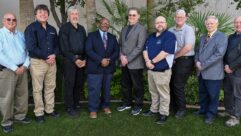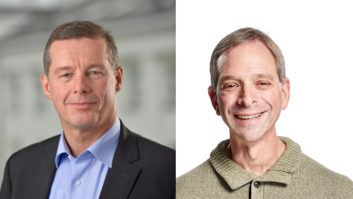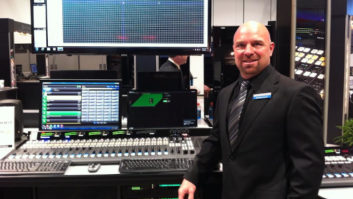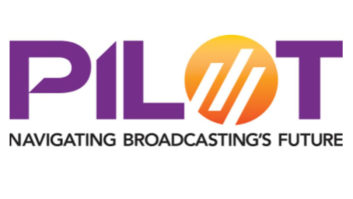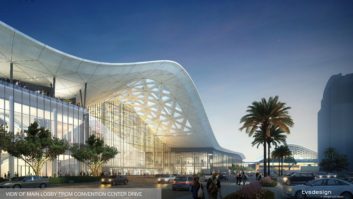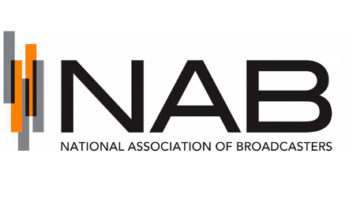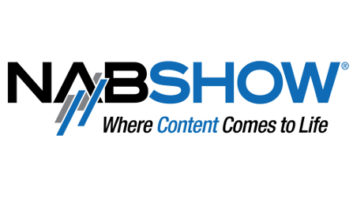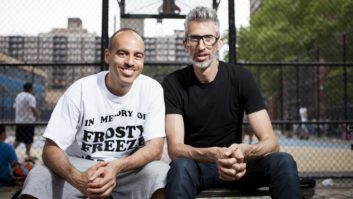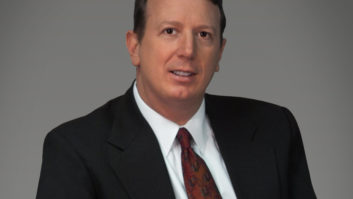The spring NAB Show is approaching. Between now and then Radio World will conduct several short Q&As with manufacturers about their plans and offerings, to help you get the most out of the big annual trade show. Benjamin Lardinoit is co-founder of On-Hertz.
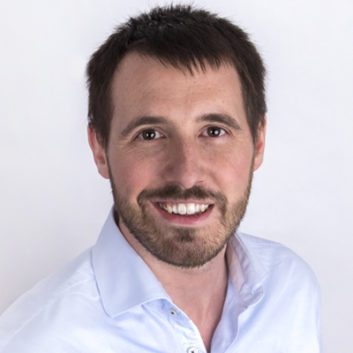
Radio World: This is the first time On-Hertz will exhibit at the NAB Show. What are your expectations?
Benjamin Lardinoit: Our company is quite young and after a successful European launch at IBC2018, we are now looking at a more global rollout. This year’s NAB Show will mostly be the opportunity for us to better understand the North American markets. We know radio is not produced the same way on the other side of the ocean but we also know the challenges we address with LUMO (mobility, workflows, cost) are important to American broadcasters as well.
We’ll exhibit in the Startup Loft and we hope to meet as many prospects as possible. It is also an opportunity to meet potential partners, sales and technical, because the territory is so big, it is nearly impossible to address it all alone.
Radio World: What are you hearing from your customers about their business outlook this year? In what areas should we expect growth or the most interesting projects?
Lardinoit: We see a clear trend toward bringing radio closer to its audience. Radio has always been a media of proximity and our customers confirm that, in the media landscape today, proximity, community and immediacy are radio’s unique selling point.
We also hear that radio broadcasters want to move away from the centralized brick-and-mortar studio. Since radio is dynamic and based on community, its interface should also be distributed for all the team members, wherever they are. This enables a much more collaborative and integrated approach to producing a radio show.
[Read: NAB Exhibitor Viewpoint: Jacob Daniluck, Tieline]
Radio World: Stepping away from your particular segment of virtual radio studios, what is your feeling for the overall health of the radio industry?
Lardinoit: In the past weeks, I’ve read quite a few articles about the overall good health of radio broadcasting. In several markets, advertising revenue is actually growing strongly (and expected to continue doing so for the years to come) and audience figures remain excellent. So, despite the usual pessimistic views about radio disappearing, I’m actually pretty confident there are still a lot of opportunities to explore and growth potential. Sure, the medium will have to evolve in the process, but that is where the fun is!
Radio World: What’s the biggest problem or challenge facing users in your market segment right now?
Lardinoit: We talk to a large range of broadcasters, from the smallest to very large ones so their problems are not totally uniform. But overall I would say that complexity is a key issue. For large broadcasters, layers after layers, radio has become increasingly complex to produce: the transition to IP here, visual radio there, or the multiplication of the distribution channels and the types of content. For smaller stations, it’s usually a question of having limited resources and a lot to do, which can be overwhelming. In both cases, we think broadcasters lack integrated tools, which rely on technologies that are easy to interconnect. In the age of smart devices, I’m also always baffled to see how outdated some of the user interfaces are. There is a lot to be done on that side!
Radio World: What will your company be showing? Why should attendees visit your booth?
Lardinoit: We will be at the Startup Loft, booth N2531. People should come and see for themselves how it is possible to produce a full, professional radio show from a studio that one can hold in a backpack. We are presenting our new user interface that goes one step further in terms of workflow innovation. And since our goal is not to create an isolated solution but one that integrates within the customer’s existing workflow, we will demonstrate integration with third-party players in the industry.
Radio World: You offer virtual radio studios, a concept that is relatively new for radio broadcasters. In your opinion, how are they embracing this technology?
Lardinoit: Globally, with an interested eye. They see dematerialization happening in many aspects of their lives already and they know it is going to transform radio broadcasting too, with or without us. That being said, being the first to offer a concrete end-to-end solution is clearly an advantage that we aim to maintain. And, it’s only the beginning.
We also have broadcasters that tell us “we’ve been looking for a solution like that for years and nobody was offering it.” The NextGen project a few years back for example was clearly Swedish Radio nudging the industry. Finally, quite a few broadcasters are moving to new facilities in the coming years, and they have to decide what to do with traditional studios. We are here to offer a cheaper, more flexible and more engaging alternative.
Radio World: What do you anticipate will be the most significant technology trend at the 2019 NAB Show?
Lardinoit: Certainly virtualization! More pragmatically, IP will remain one of the major themes, as several market players say the biggest benefit of switching to IP is virtualization. Especially how to enable better, more integrated workflows. How can broadcasters reinvent the way they work, or just be more creative and efficient? And we clearly aspire to be one of the partners of choice for the stations that want to go that route.
Radio World: Will you be attending any sessions or looking forward to any events?
Lardinoit: I’m personally very interested in the diminishing boundaries between different forms of media — it’s very exciting and at the same time presents a challenge. Podcasting is of course one of the topics that is very interesting. We see radio stations creating dedicated channels. How do you integrate that into your traditional content? Can you do more with it? How do you monetize it? As a technology provider, the answer to these questions are important in order to offer the right solutions.
Radio World: You’re a show veteran, how has the show changed since your first visit?
Lardinoit: My first NAB was in 2010 and at the time I worked on the video side. The transition from SD to HD was still a big thing. Over the years, I noticed the increasing gap between small and large productions. On one side, almost everybody with an iPhone was starting to publish content. This leads to a form of rationalization, and has been (and still is) a shock for broadcasters. While on the other side, large events use a surrealistic amount of gear.
It is fascinating to see how these worlds coexist and how technology can help us address both sides of the scale — volume and ultra-high quality.




